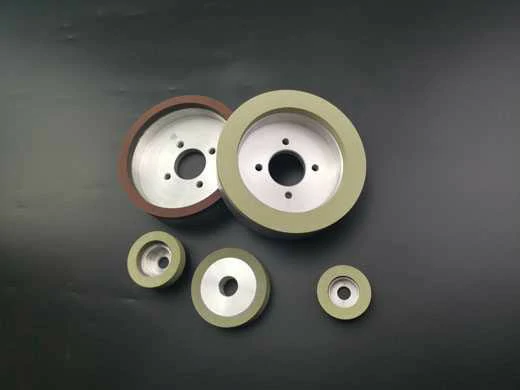Adjusting the balance of a grinding wheel is crucial for ensuring smooth and efficient operations in various industrial applications. An unbalanced grinding wheel can lead to poor surface finishes, reduced productivity, and increased wear on machinery. In this comprehensive guide, we will explore the importance of balancing grinding wheels and provide detailed steps on how to achieve the proper balance for optimal performance.
Understanding the Importance of Wheel Balance
Grinding wheels are indispensable tools in numerous industries, including manufacturing, construction, and metalworking. These abrasive wheels are used for shaping, sharpening, and finishing workpieces. However, to perform these functions effectively, grinding wheels must be properly balanced. An unbalanced wheel can cause excessive vibration, leading to poor quality surface finishes, reduced dimensional accuracy, and accelerated wear on the spindle and other critical components of the grinding machine.
Moreover, unbalanced wheels can compromise the safety of the entire grinding operation. High levels of vibration increase the risk of wheel breakage, which poses a serious hazard to machine operators and nearby personnel. Therefore, it is essential to regularly check and adjust the balance of grinding wheels to maintain a safe and efficient working environment.
Determining Wheel Imbalance
Before proceeding with the balancing process, it is important to identify whether a grinding wheel is indeed out of balance. There are several common indicators of wheel imbalance, including excessive vibration during operation, irregular patterns on the workpiece surface, and premature wear on the grinding machine’s spindle or bearings. Additionally, a simple visual inspection may reveal signs of imbalance, such as uneven wear on the wheel surface or irregularities in the wheel’s shape.
To accurately determine the extent of imbalance, specialized equipment such as dynamic balancing machines or electronic balancers can be used. These tools measure the level of imbalance and provide valuable data for correcting the wheel balance. It is important to note that attempting to balance a wheel without proper measurements and analysis can lead to ineffective results and potentially exacerbate the imbalance.
Methods for Balancing Grinding Wheels
There are several methods available for balancing grinding wheels, each with its own advantages and limitations. The most common approaches include using balance weights, truing the wheel, and utilizing specialized balancing equipment.
One traditional method involves attaching balance weights to the grinding wheel. This technique is based on the principle of adding or removing weight to counteract the imbalance. By strategically placing balance weights at specific locations on the wheel, operators can effectively reduce the level of imbalance and improve overall performance. However, this method requires precision and may be time-consuming, especially for large or complex grinding wheels.
Truing the grinding wheel is another essential step in achieving balance. Truing removes material from the periphery of the wheel to create a concentric, uniform surface. This process helps eliminate irregularities and asymmetries that contribute to imbalance. Additionally, truing restores the wheel’s geometry, allowing for more accurate adjustments during the balancing procedure.
For more advanced balancing requirements, specialized equipment such as dynamic balancing machines or electronic balancers offer a high level of precision and efficiency. These machines utilize sensors and algorithms to measure the imbalance and calculate the precise amount and location of corrective weight that needs to be added to the wheel. While these methods may require initial investment and training, they provide superior accuracy and consistency in achieving optimal wheel balance.
Properly balancing grinding wheels is a fundamental aspect of maintaining productivity, quality, and safety in industrial grinding operations. By understanding the importance of wheel balance, identifying imbalance, and employing appropriate balancing methods, operators can ensure smooth and efficient grinding processes while prolonging the life of equipment and minimizing safety risks. Regular maintenance and monitoring of wheel balance are essential practices for upholding operational excellence and maximizing the value of grinding operations across diverse industrial applications.
.webp)



